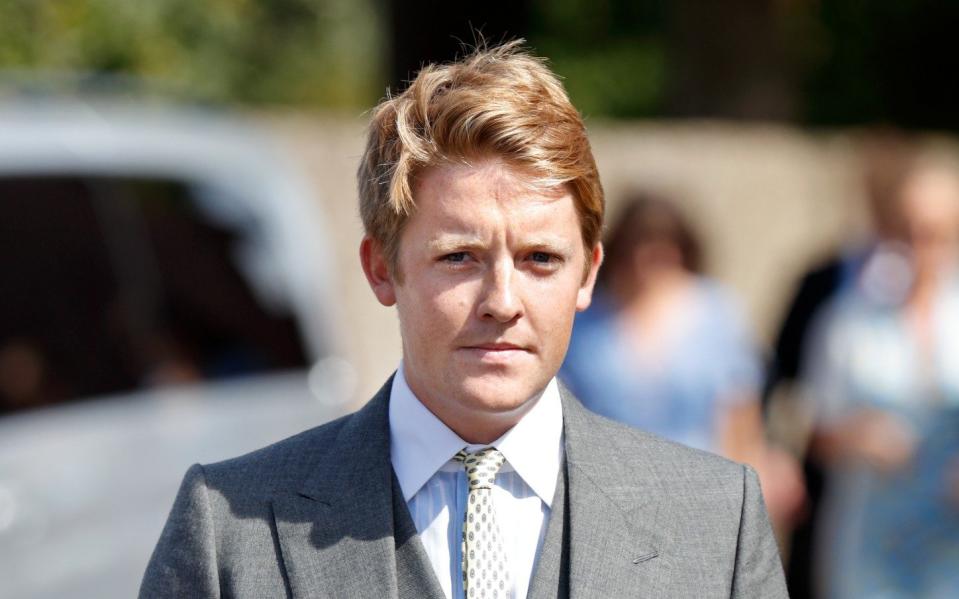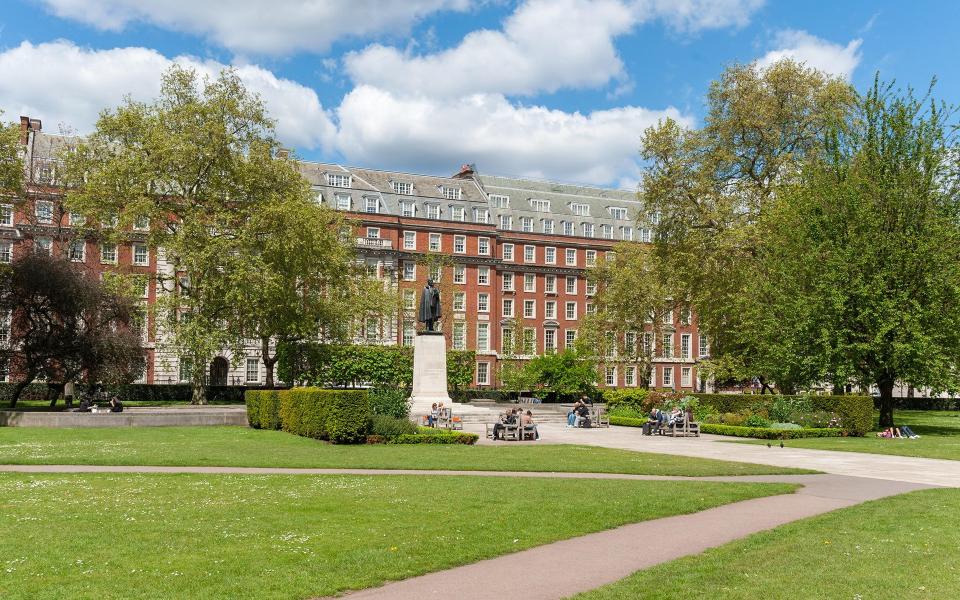King’s godson and family get £50m dividend from London property empire

The Duke of Westminster and his family have split a £50m dividend from their property business despite the portfolio swinging to a loss.
The Duke, who is the King’s godson, is among those sharing the payout from their Grosvenor empire. It came despite its property arm, which includes chunks of wealthy London neighbourhoods such as Mayfair and Belgravia, swinging to a £28.6m loss in 2023 from a profit of £110.4m the year before.
The value of Grosvenor’s property portfolio has fallen £300m to £8.6bn. Mark Preston, the chief executive, argued that this was mild compared to rival landlords, as he blamed the fall on higher interest rates and a dip in investor confidence “rather than any specific behavioural change in working habits”.
He said Grosvenor has benefited from “large corporates which have perhaps taken significant areas of space in areas like Canary Wharf downsizing due to hybrid work patterns” and wanting to choose an area that’s “vibrant and interesting” with theatres, parks and shops.
He added that “showroom-type retail”, where the cash tills are not necessarily ringing but high-end items which consumers might buy online later are displayed, have also proved resilient as shoppers flock to upmarket areas rather than giant shopping malls.
The Grosvenor Estate has a policy of requiring its residents to paint their houses in Belgravia an almost identical cream.

Bloomberg data have shown that footfall across financial districts has fallen post-Covid while upmarket historic areas, such as London’s Mayfair and Paris’s seventh arrondissement, are booming.
Nearly £1bn was wiped off the value of Canary Wharf offices last year as big names depart for more fashionable parts of London in the wake of the pandemic. Just over half of the businesses based in Canary Wharf are now in the finance sector, down from 70pc around a decade ago.
In an attempt to further adapt to changing demands for office space, Mr Preston said that the group is planning to invest more in its flexible office contracts in the year ahead. Its rural estates are excluded from its property figures, including the family home Eaton Hall in Cheshire, a 10,000-acre plot dating back to the 1440s.
The family’s estate began in 1677, when a woman called Mary Davies, who had inherited 500 acres of swamp, pastures and orchards to the west of the City of London, married Sir Thomas Grosvenor.
It began to develop the land into a fashionable residential area in 1720, centred on Grosvenor Square in Mayfair, before later developing Belgravia. By the 1980s it had offices across the US, before heading into Asia and continental Europe in the 1990s.
Despite the US property market proving particularly challenging last year, Mr Preston said the group would remain a long-term investor.
The £51.1m dividend is paid out to a small number of trusts which hold Grosvenor’s assets. It is not known exactly how much the Duke of Westminster, one of the richest people in the world and Prince George’s godfather, will receive.
The dividend the previous year was £49.9m. As well as a global property empire, the family have various business investments in areas such as food and agriculture, as well as an art portfolio including pieces by Rembrandt and Lucian Freud.

 Yahoo Finance
Yahoo Finance 